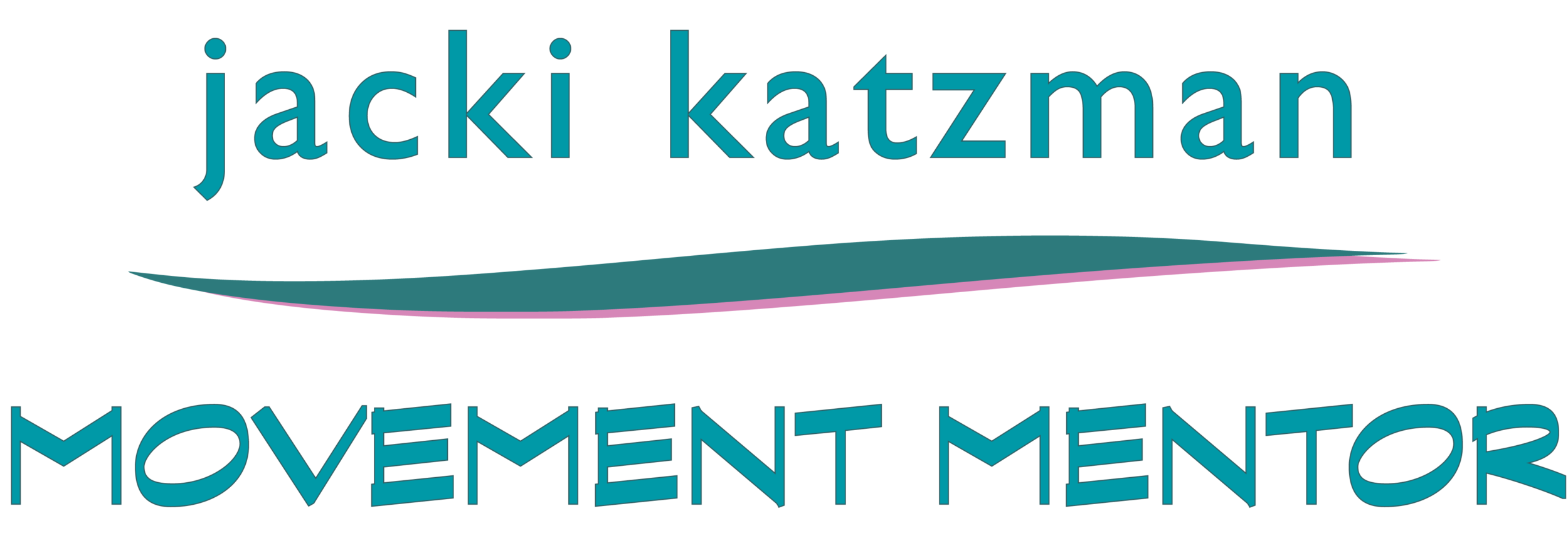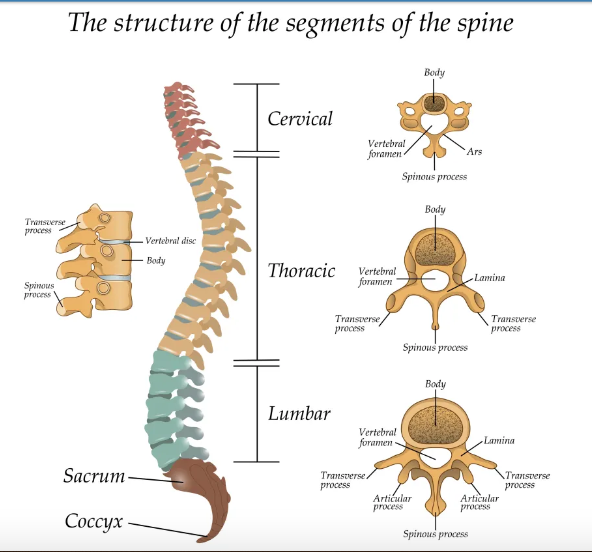ReCentering for Sports and Sanity - 8 - Twist Around Center
ReCentering for Sports and Sanity - 8 - Twist Around Center
Coming at one end from the other, and where we find the middle
Adapted from “Coordination of the Flexor Muscles and of the Extensors” by Moshe Feldenkrais
The spine can, in its stable configuration, follow the head and pelvis to rotate the torso around its central axis - rigidly. Or you can do the twist!
The shape of the vertebral ‘wings’ determine how each vertebra’s ability to move. The wide lumbar vertebrae provide support. The thoracic spine allows the chest bending and some twisting. The delicate cervical spine allows maximum movement.
The spine twists around its central axis when the head and pelvis move in opposite directions. Turning the head - the cervical spine - while the pelvis is stabilized twists the spine from the top down. Pelvis turning, head not - the twist comes from the lumbar spine upwards. Arms/shoulder blades turning to the side twist the chest - the thoracic spine.
Where your twist flows or is blocked is valuable information on how that part of the spine helps or hinders your ReCentering.
This lesson is partly about finding where the top down and bottom up twisting occur in the spine, partly out the relationship of the weight of the head and pelvis balancing each other to move the spine, and partly how the shoulders, arms and ribs move independently of the head and hips.
Twist again, better than ever. The classic “Flexors and Extensors” lesson is the launching point for this ReCentering exploration of the infinite number of ways the spine twists around its axis and the relationships of head and pelvis to maintain balance and stability. ReCentering tools of mirroring left and right, balancing front and back, and dropping into grounding points, add flavor.
The Voice-O-Meter sounds this week:
Kidney Sound - CHOOOO - releasing fear
Heart Sound - HAAAAAAA - releasing impatience and making space for love
Triple Warmer - HEEEEEEEE - integrating the centerline
Watch these crazy cats do the twist. Notice the spines. They have to be long and connected to keep it going.
Set Up:
Lying on the floor on a comfortable mat
Sitting on a flat-bottom chair with knees and hips level.
Science Nerd Candy - Review the movement of the spinal vertebrae if visualization is your thing:
Twist Yoga Poses: Active Twist vs Passive Twist | 3D Yoga Anatomy (2:20) How twists work in spine, ribs, sternum and associated muscles
Cervical Spin Anatomy | Veritas Health (2:04) How the shape of the neck vertebrae allow neck to bend and twist
Lumbar Spine Anatomy | Randale Sechrest (5:30) How the shape of lumbar (low back) vertebrae keep the lower back stable but bendable
How You Might Feel After the This Lesson: Centered down the spine; Head and pelvis balanced; Sensitive to different parts of the spine; Able to sense blocks in the spine; Connected through the entire torso; Ribs open and flexible; Breath deep and wide; Arms resting easily in shoulder sockets; Shoulder girdle - shoulder blades, clavicles - resting comfortably over upper ribs; Ready to swing; Ready to twist.
BY ZOOM New Students: Register here

